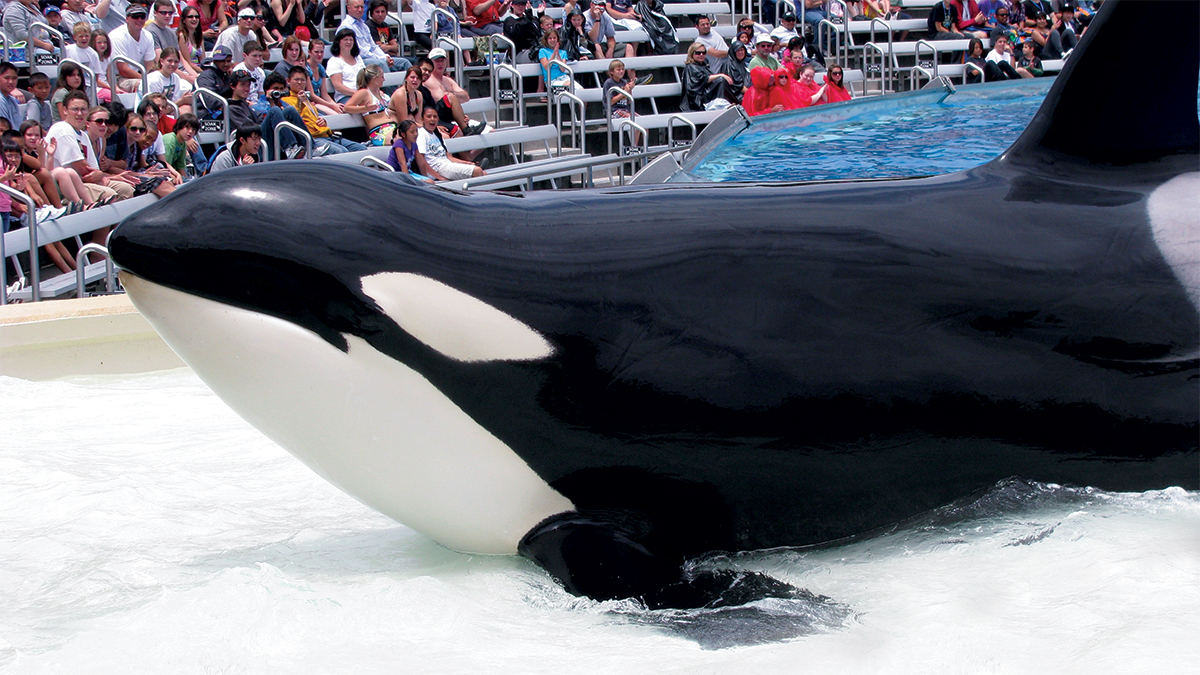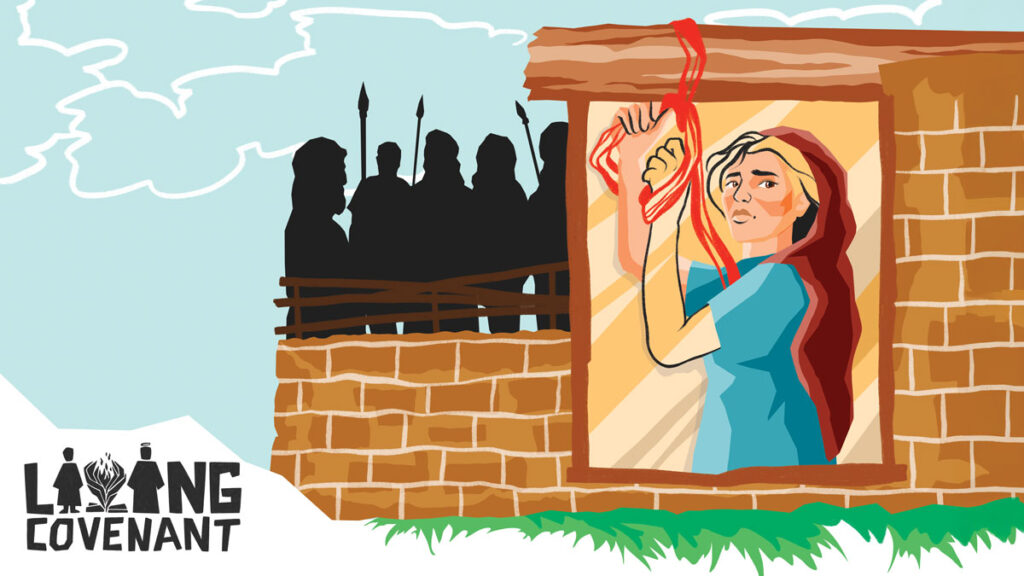SeaWorld San Diego (California) held its final killer whale shows on January 8, marking the end of 30 years of entertainment which saw more than 400 million people visit the famed Shamu Stadium. SeaWorld’s other parks, in Florida and Texas, are scheduled to end their live orca shows in 2019.
Reading about the closure was a bittersweet moment for me. Seven years ago I was literally soaking in the spectacle from the front row of Shamu Stadium and fulfilling my boyhood dream of seeing killer whales firsthand. I can remember an orca “beaching” itself in front of me, and the temptation to hurdle the small barrier to touch an animal I have loved ever since I watched Free Willy.
My hour with SeaWorld’s killer whales was an amazing experience, one I’ll evidently never have again. That thought makes me sad.
Yet I’m also, more so, thrilled.
As my interest in killer whales has grown, it has become clear to me that these animals do not belong in captivity.
Born to be wild
Killer whales are the largest member of the dolphin family, growing up to nine metres (30 feet) in length. Yet the biggest pool at SeaWorld San Diego is only 12 metres deep—barely enough room for the animals to dive, let alone thrive. The lack of space means the orca spend hours at a time motionless at the surface (called “logging”), leaving them prone to prolonged UV exposure and subsequent disease.1 Wild killer whales, in contrast, have been known to swim up to 160 kilometres a day.
Orca are extremely social and emotionally intelligent. Research into killer whale brains has revealed specialised cells for processing emotions.2 The depth of their ability to care for each other was revealed a few years ago when a number of adult orca were observed feeding an orphaned animal with severe spinal defects.3 Other killer whales will spend their entire lives with their family.
Such bonds are severed in captivity, with individual animals (from different ecotypes, no less) forced to live alongside other strangers, resulting in fights and even deaths.4 Research into the lifespan of the species reveals the real cost of captivity, with the average age of captive animals (6.1 years5) much lower than their wild counterparts (30-50 years6).
Captive killers
In 2010 a large captive orca named Tilikum killed an experienced SeaWorld trainer during a live show in Orlando, Florida. The incident made news headlines around the world and inspired the making of Blackfish, a documentary that criticised SeaWorld’s animal husbandry practices. The film would ultimately lead to a fallout between SeaWorld and the general public, culminating in last year’s decision to close the live shows.
The attack, while tragic, was not an isolated event. There have been more than 150 reported incidents involving captive killer whales since 1967, including four fatalities.7
Few may deem these numbers surprising given the animal’s reputation as a skilled and ruthless hunter.8 However, only one wild killer whale attack has ever been reported. In 1972 a Californian surfer was grabbed by an orca and immediately let go, leading researchers to believe it was a case of mistaken identity.9
Shadows
In a 2011 research paper, marine mammal scientist Dr Naomi Rose concluded that “a captive orca bears little resemblance to a wild one and the evidence is mounting that these animals, raised within or born into profoundly abnormal circumstances, are themselves abnormal”.10 These abnormalities affect the orca both physically and psychologically, with traumatised animals grinding their teeth on the concrete walls of their enclosures and ramming the metal gates of holding pools.11

Life in a cage has turned captive orca into shadows of the animals they were created to be. Sadly, there are people around the world enduring a similar fate. Our hearts break for those trapped within the walls of tyranny and slavery (and rightly so). But there are countless others suffocating inside walls that we can neither see nor touch.
Created for more
“The eyes of others our prisons; their thoughts our cages.”—Virginia Woolf
Life is a shared experience. Each of us is blessed with the incredible opportunity to have an impact on those around us (see Proverbs 27:17, NIV). It becomes a problem, however, when impact turns into imposition, and we force people to fit within the confines of our own beliefs and expectations.
In the workplace our own standards of work ethic and success fuel our critique and criticism of others. We tell introverts they should speak more and demand that the energetic “grow up” or calm down. When it comes to our children, we dictate rather than direct (see Proverbs 22:6), scolding and moulding them into miniature versions of ourselves.
Christians can also be adept at putting people into boxes, with some ready to admonish anyone who strays even a little from their concept of a “model believer”. This approach has been shown to have disastrous consequences, with children of God choosing to lash out in retaliation or, worse still, walk away from their faith altogether.
This doesn’t mean we should advocate for a life without rules and restrictions. Adam and Eve were given a black and white rule in Eden, and the commandments God literally drew up at Mount Sinai still apply to us today. God has also called His followers to restore, reprove and rebuke where appropriate (see Galatians 6:1, 2 Timothy 4:2, 1 Timothy 5:20).
What we mustn’t do is add our own ideas to God’s rulebook. Despite what we might think, none of us has the authority, or ability, to “make our fellow man into our image”. There is only one Creator and Potter, and “we are all the work of [His] hand” (Isaiah 64:8); each a “masterpiece” (Ephesians 2:10), “fearfully and wonderfully made” (Psalm 139:14).
Christian author John Ortberg wrote, “because you have been created by God as a unique person, his plan to grow you will not look the same as his plan to grow anyone else. What would grow an orchid would drown a cactus.”12
God doesn’t build cages, nor does He create duplicates. He wants each one of us to be just as we were created to be. May we live our lives freely, and give those around us the freedom to do the same.
“Christ has set us free to live a free life. So take your stand! Never again let anyone put a harness of [captivity] on you” (Galatians 5:1, The Message).
Wild at heart
Two years after my visit to SeaWorld, I found myself on a small boat off the coast of Vancouver (Canada) searching for killer whales. It was a miserable morning and the seas were rough, making the orca hard to find. More than an hour went by before our tour boat eventually located a small pod of about six or seven animals.

My time with these orca was shorter (maybe 20 minutes) and less intimate than my encounter at SeaWorld. The experience, however, meant so much more to me. These were, after all, wild—real—killer whales, not the shadows suffering in captivity. These animals were living within the context of family and the natural world, not the confines of captivity. They were simply as they were created to be.
Free.






